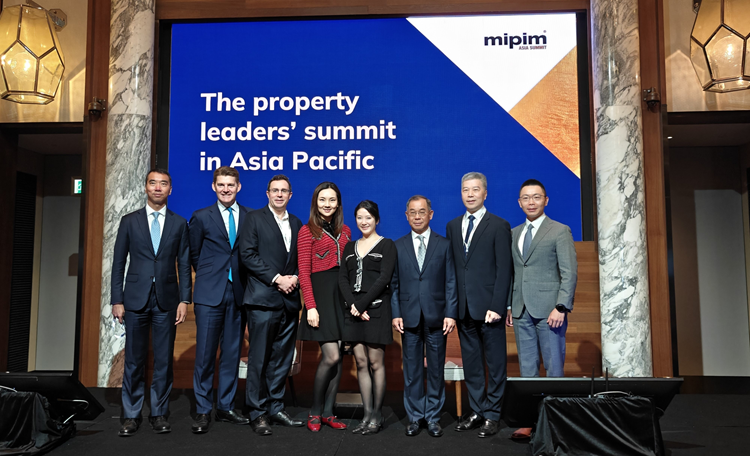Asia Pacific’s office market is evolving rapidly, with the Chinese mainland at the forefront of a broader regional transformation. Across key Southeast Asian cities, vacancy rates remain elevated – 26.5% in Bangkok and 18% in Manila – while prime Grade A rent premiums in markets like Ho Chi Minh City (21%) and Singapore (12.5%) highlight occupier demand for quality space. Despite global hybrid work trends, the region’s strong office culture and economic resilience are supporting steady leasing momentum.
On the Chinese mainland, the scale of growth has been extraordinary. Occupied Grade A office stock has surged to more than 640 million sq ft, more than doubling in the past decade. Shanghai and Shenzhen alone are set to deliver over 38 million sq ft of new space in the coming year. This new wave of supply is fueling competition while giving tenants access to a broader array of premium, ESG-aligned, and technology-enabled workplaces.
Demand across Asia Pacific is anchored by banks, financial services, and technology firms, with healthcare and IT-BPM providers diversifying the tenant mix. On the Chinese mainland, this is reflected in the rise of TMT, professional services, finance, AI, and biomanufacturing occupiers, who are reshaping location strategies and space requirements. A clear flight to quality is underway, with some companies decentralizing to satellite hubs for efficiency, while others are recentralizing into Tier 1 CBDs to take advantage of more attractive rents.
Shaun Brodie, Head of Research Content, Greater China, Cushman & Wakefield, said, "On the Chinese mainland, we are seeing tenants reposition their real estate strategies toward quality, ESG, and technology. Office space here has evolved into a business-critical platform — not only housing operations but also enabling innovation, talent attraction, and long-term performance.”
Landlords across the region are also adapting. In Southeast Asia, innovative leasing models and amenity-rich developments are helping to attract and retain tenants. On the Chinese mainland, landlords are increasingly competing by integrating wellness, digital infrastructure, and sustainability standards into their buildings.
Jonathan Wei, President, Project & Occupier Services, China, Cushman & Wakefield, noted, “As the Chinese mainland office market matures, landlords are stepping up to meet new occupier demands. The most successful landlords will be those who can deliver sustainable, tech-enabled, and brand-enhancing workplaces that align with the strategic priorities of today’s tenants.”
Looking ahead, Asia Pacific’s deep-rooted office culture and resilience will continue to underpin demand. On the Chinese mainland in particular, the next phase of growth will be defined not only by expansion, but by how occupiers and landlords harness real estate as a driver of long-term business advantage.
About Cushman & Wakefield
Cushman & Wakefield (NYSE: CWK) is a leading global commercial real estate services firm for property owners and occupiers with approximately 52,000 employees in nearly 400 offices and 60 countries. In Greater China, a network of 23 offices serves local markets across the region. In 2023, the firm reported revenue of $9.5 billion across its core services of valuation, consulting, project & development services, capital markets, project & occupier services, industrial & logistics, retail and others. It also receives numerous industry and business accolades for its award-winning culture and commitment to Diversity, Equity and Inclusion (DEI), sustainability and more. For additional information, visit
www.cushmanwakefield.com.




